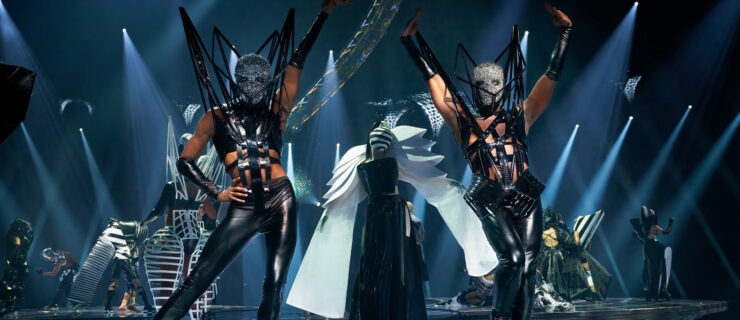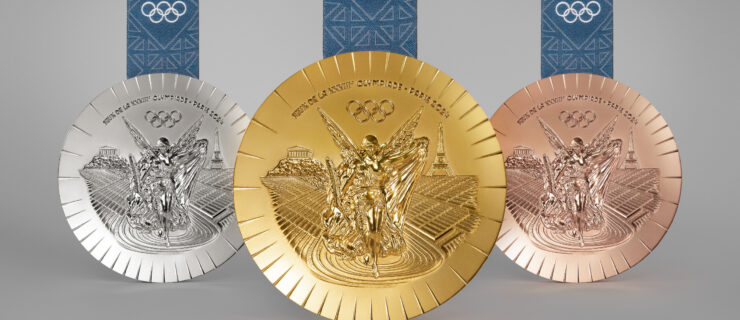Get Perfect Pics for Your Summer Intensive Applications
Having a photograph of yourself in arabesque en pointe is a must for aspiring ballerinas attending auditions, be it for companies or summer intensives. Two pros who are in the business of making dancers look great in print tell what it takes to get the perfect picture.
Photo Facts
When you see that the summer program you’re auditioning for requires a photo of you in arabesque en pointe, don’t be tempted to hand the camera to your best dance pal or search through old recital snapshots. After the audition, judges use these pictures as a point of reference. Make sure that you stand out by having a professional—or professional-looking—photograph.
Ideally, your picture should be taken by a dance photographer who knows exactly how to capture the perfect image. Angela Whitehill, who runs Dance Counsel, a service devoted to preparing dancers for college and company auditions, brings many dancers to New York City to get their dream shot. However, if leaving your hometown is not an option, Whitehill advises finding a professional photographer or a camera-steady friend or parent. “I wouldn’t advise using recital shots,” says Whitehill, who has penned books such as The Parent’s Book of Ballet and The Dancer’s Book of Ballet. “Unless you’ve got an outrageously beautiful performance shot, don’t turn it in. A posed picture will give more clarity.”
Before your Close-Up
If you don’t have a local dance photographer, ask other photographers to see their work and explain what you need: a photo shoot in their studio on a plain background. “I like a white background because it leaves nothing but the dancer,” says New York-based dance photographer Eduardo Patino. “It’s just about the body and the position.”
Once you schedule a session, which will last approximately one to three hours, start preparing yourself for the big day. “Ask a more advanced dancer or a teacher to come with you,” suggests Whitehill. “That person can tell you if your knees are bent or your foot is sickled.”
For your outfit, a black leotard (with any length sleeve) and pink tights are usually the requisite ensemble. However, “You don’t want the lattice work on the back of your leotard and roses on the shoulder straps,” says Whitehill. “Go for a nice, clean, classic look.” Bring an extra change of clothes and a few pairs of clean, broken-in pointe shoes.
Practicing your arabesque beforehand is important, too. Determine which side you are better at and check out dance books at the library for inspiring photographs.
Say Cheese
Arrive at your photo shoot with a picture of the pose you are going for. This will help the photographer know what he or she is trying to capture. For first arabesque shots, Patino suggests standing exactly sideways to the camera so your line is the longest it can be. As well, the camera should be positioned at waist level or below so that your standing leg does not appear shorter than it really is.
Whitehill recommends relevéing into arabesque rather than piquéing, in order to avoid slipping. Ask whoever accompanies you to give feedback on your placement and make sure you have the position down before the photographer starts shooting. Once the shutter starts snapping, relax and let your face take on a pleasant, but not overly joyful, expression. “Without a facial expression, it’s just a boring photograph,” says Patino. “It doesn’t show the artist.”



